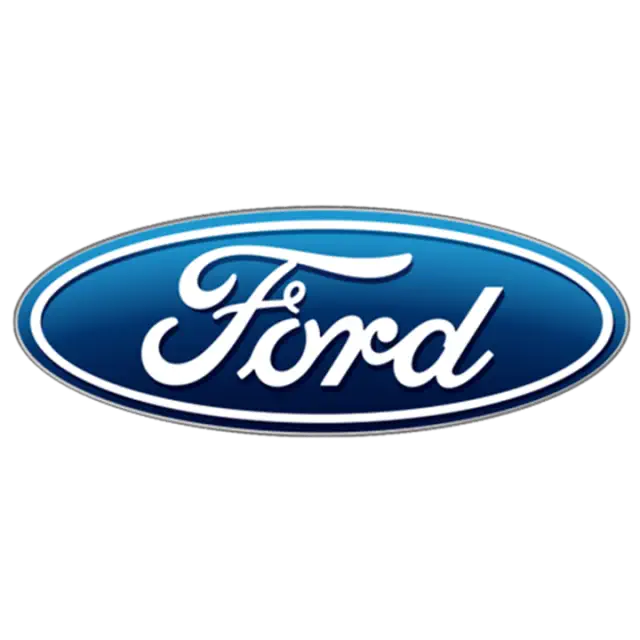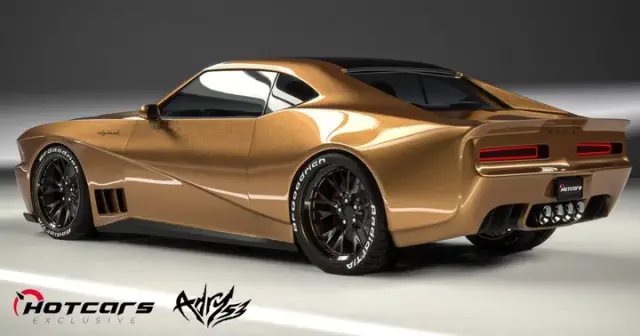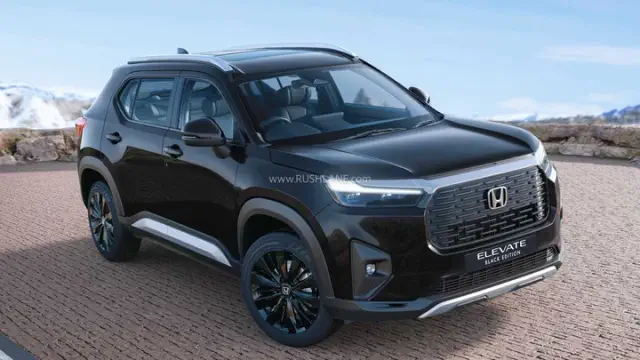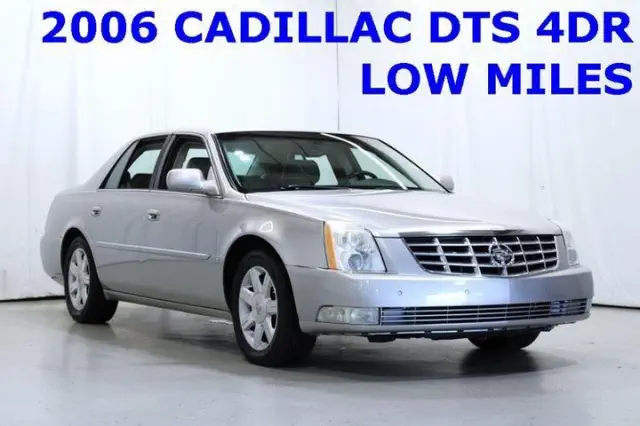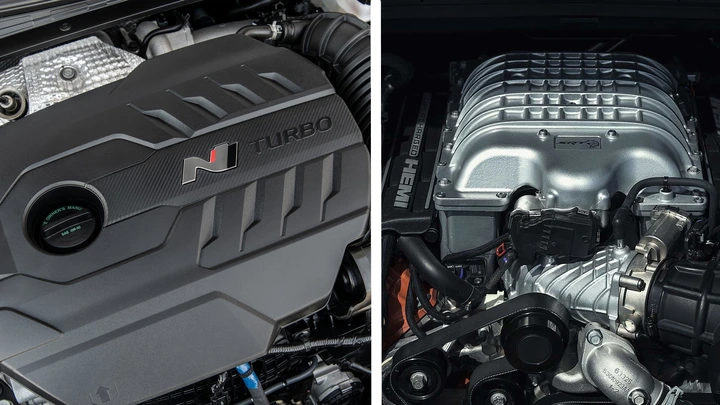
View pictures in App save up to 80% data.
Fast Access
Forced induction is extremely commonplace in today’s automotive world, as a means of squeezing more power out of smaller engines in the era of downsizing. When we think of forced induction in the modern era, turbocharging is the method that most frequently comes to mind, being favored by automakers due to its numerous advantages. However, supercharging is a slightly older method of forced induction that, although now rare, is still in use today.
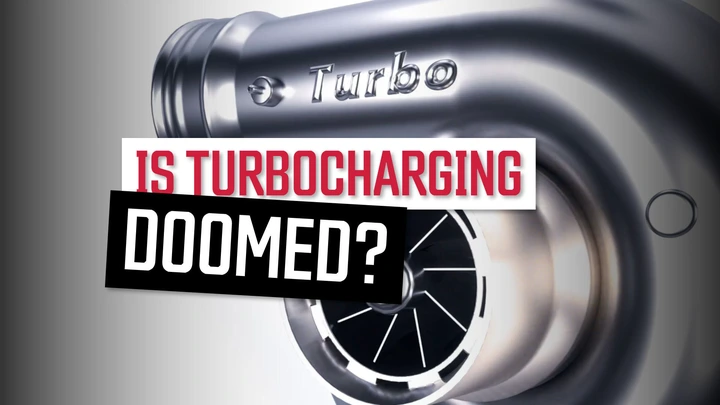
View pictures in App save up to 80% data.
Hybrid drive systems have become a standard feature in the fleets of luxury manufacturers as well as in regular passenger vehicle brands.
Both turbocharging and supercharging were created during a similar historical period, yet they gained traction in distinct decades, with turbocharging quickly taking the lead. This article provides a summary of the mechanics behind turbocharging and supercharging, the historical journey that led to their development, and an analysis of which technology is currently prevailing in the automotive industry.
This analysis aims to objectively assess which of the two technologies is more likely to succeed, rather than presenting a subjective viewpoint.
A Concise Overview of Forced Induction History
The history of forced induction actually predates the car itself. In the 19th century, engineers began to design devices that could shift air in furnaces and industrial machinery: this was the root of what would eventually become the supercharger. Towards the end of the century, superchargers used to boost engines' performance began to appear, and the automotive applications of the supercharger became apparent. The development of forced induction accelerated in the 1920s, when several supercharged models, including the legendary "Bentley Blower" were introduced.
Around this period, the development of turbocharging was underway, although it wouldn't find its way into production vehicles until significantly later. In its formative years, the turbocharger was often viewed as a type of supercharger, with its initial designation being “turbosupercharger.” Similar to supercharging, turbocharging initially emerged in various engineering fields before transitioning into the automotive sector, with its first uses being in railways, industry, and aviation.

View pictures in App save up to 80% data.
Include CarBuzz in your Google News updates.
In 1962, the automotive industry made a leap forward with the introduction of the first turbocharger on a commercially available car. The car in question was the short-lived Oldsmobile Jetfire, a special variant of the Cutlass which used a special cooling fluid to keep its turbocharger’s temperature within normal operating range. The Jetfire, however, turned out to be slightly ahead of its time: reception from the public was lukewarm, and the model only remained on the market for one more year before being discontinued.

View pictures in App save up to 80% data.
This now-obsolete brand played a significant role in advancing automotive technology. Join us as we delve into 10 of its groundbreaking contributions.
Superchargers continued to be the most popular form of forced induction until the 1980s, when turbocharging finally won over the public thanks to technological improvements and better reliability. Over the course of the next forty years, turbocharging became more and more common, boosting the power output of smaller engines and bringing their performance in line with larger ones in the era of eco-consciousness and downsizing. Supercharging stuck around, but gradually fell out of favor, and today only a handful of models equipped with superchargers remain on the market.
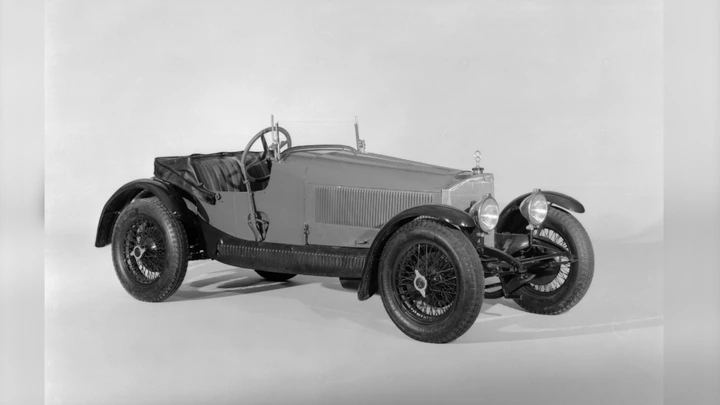
View pictures in App save up to 80% data.
Although turbocharging has been in use for about 50 years, superchargers have been a part of automobiles for more than twice that duration.
What is the Process Behind Supercharging?
Superchargers operate as a type of forced induction that harnesses engine power to propel air through the system. Typically, they are linked to the engine's crankshaft via a belt and pulley mechanism, which spins and generates boost pressure. This direct connection ensures that the power enhancement is immediate and seamless, exhibiting a linear increase that corresponds with the engine's RPMs.
There are two primary categories of superchargers: the positive-displacement supercharger, which is the most widely used type, provides a consistent volume of air with every rotation of the compressor. On the other hand, the dynamic supercharger, which is somewhat less prevalent, increases the air's speed significantly and then reduces it, converting the kinetic energy into pressure.
What is the Mechanism Behind Turbocharging?
In a turbocharger, exhaust gasses from the engine are used to spool up a turbine wheel in the device’s exhaust housing; this is in turn connected to another wheel in the compressor housing. When these wheels reach a certain speed, called the boost threshold, boost pressure is created, which increases the density of the air, to which more fuel can be added. This enables more power to be extracted, boosting the engine’s output; the exhaust gasses generated are released into the exhaust manifold to drive the turbocharger, starting the cycle all over again.
Certain vehicles are equipped with a twin-turbo configuration, featuring two turbochargers that can operate either in parallel or in a sequential manner. Additionally, some models utilize a twin-scroll turbo or a single turbocharger designed with two chambers of varying sizes and shapes. The smaller chamber enhances responsiveness, while the larger one is engaged for optimal performance.
Advantages and Disadvantages
Although the automotive sector has favored turbocharging for many years, each system presents its own distinct set of benefits and drawbacks.
Boosting Performance: The Advantages of Turbocharging
Turbocharging has emerged as the favored method of forced induction primarily because of its numerous technical benefits stemming from its operational mechanics. Unlike superchargers, which consume engine power to function, turbochargers utilize the energy from wasted exhaust gases produced by the engine. This process not only enhances efficiency but also contributes to a reduction in noise levels.
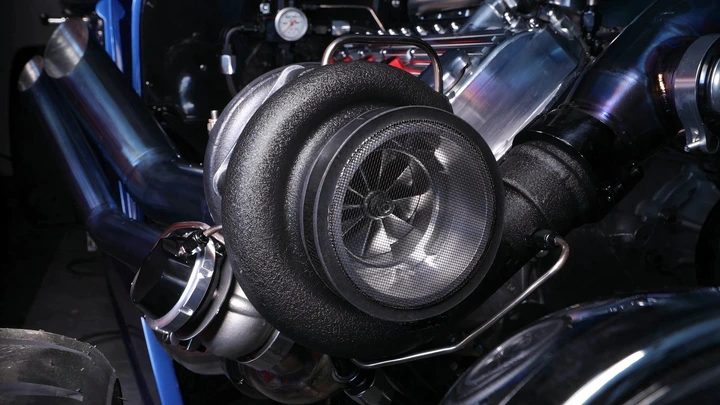
View pictures in App save up to 80% data.
Turbocharging: The Downsides
One of the biggest downsides of turbocharging is, of course, turbo lag: especially in the early days of turbocharging, the fact that turbos took a while to generate boost was a significant disadvantage. As technology has moved forward, this has become a less significant problem. Turbochargers also require lubrication with engine oil, while superchargers usually don’t, which means additional components are required to make the system function: this brings additional potential for failure.
Boosting Performance: The Advantages
While superchargers are becoming less popular, they still offer certain benefits. The most significant advantage is their lack of lag, allowing for an immediate increase in power without any delay. This characteristic makes superchargers particularly efficient at low engine RPMs.
The Downsides of Supercharging
By their very nature, superchargers need to sap some engine power before they can perform their function and deliver a power boost: this phenomenon is known as parasitic loss, and makes them less efficient than turbochargers. The power used to drive them is delivered in exhange for worse fuel consumption. With superchargers, higher temperatures and higher noise levels are also a concern.
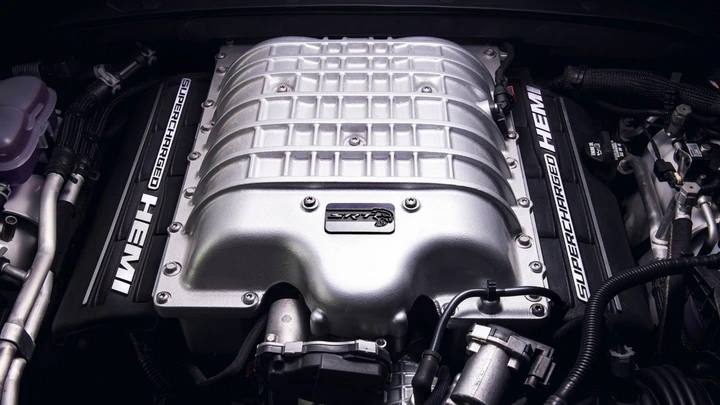
View pictures in App save up to 80% data.
The thrilling roar of a V8 engine has long been synonymous with raw power, yet this iconic sound is gradually fading away as this engine type faces extinction.
Twin-Charging: The Ultimate Combination?
Some cars use both a supercharger and a turbocharger as a way to make the most of both systems’ benefits while canceling out their drawbacks, a system known as twin-charging. The turbocharger and supercharger can be set up in either a series or parallel setup, but a series layout is more effective and more common as it plays to the strengths of both devices.
Twin-charging introduces a level of complexity due to the numerous components and their interactions, leading to increased potential for failures and elevated maintenance expenses. Additionally, this system adds extra weight and size because of the additional parts involved. Despite these drawbacks, some car manufacturers continue to utilize this configuration. Volvo, for instance, has been recognized for incorporating twin-charging in several models like the S90, S60 Recharge, and V60 Recharge. However, the company has decided to phase out this technology, as hybrid assistance proves to be a more efficient solution for addressing low-rev torque issues.
Conclusion: Is This the Final Chapter for Superchargers?
Due to significant advancements in turbocharging technology and the increasing popularity of alternative power-boosting methods like hybrid systems, supercharging is likely to fade away from the automotive industry by the close of this decade. Turbocharging aligns perfectly with the demands of contemporary vehicles, where efficiency, cost-effectiveness, and environmental friendliness take precedence. With technological improvements addressing earlier challenges such as turbo lag, turbochargers have emerged as the preferred choice for forced induction.
A handful of models equipped with a supercharger currently remain on the market, such as the Cadillac CT5-V Blackwing and the Lotus Emira; other models, such as the Jaguar F-Type and the Dodge Charger and Challenger Hellcat, disappeared from the market in 2024. It is likely that most automakers still clinging to supercharged engines will eventually opt for alternate choices of powertrain over the next few years. The supercharger was the product of a bygone era, where thundering V8s reigned supreme and power output was a bigger priority than efficiency or green credentials: it may now be on its way out, but it certainly left a mark on decades of automotive history.
Sources: Mantic, White Knuckler.
